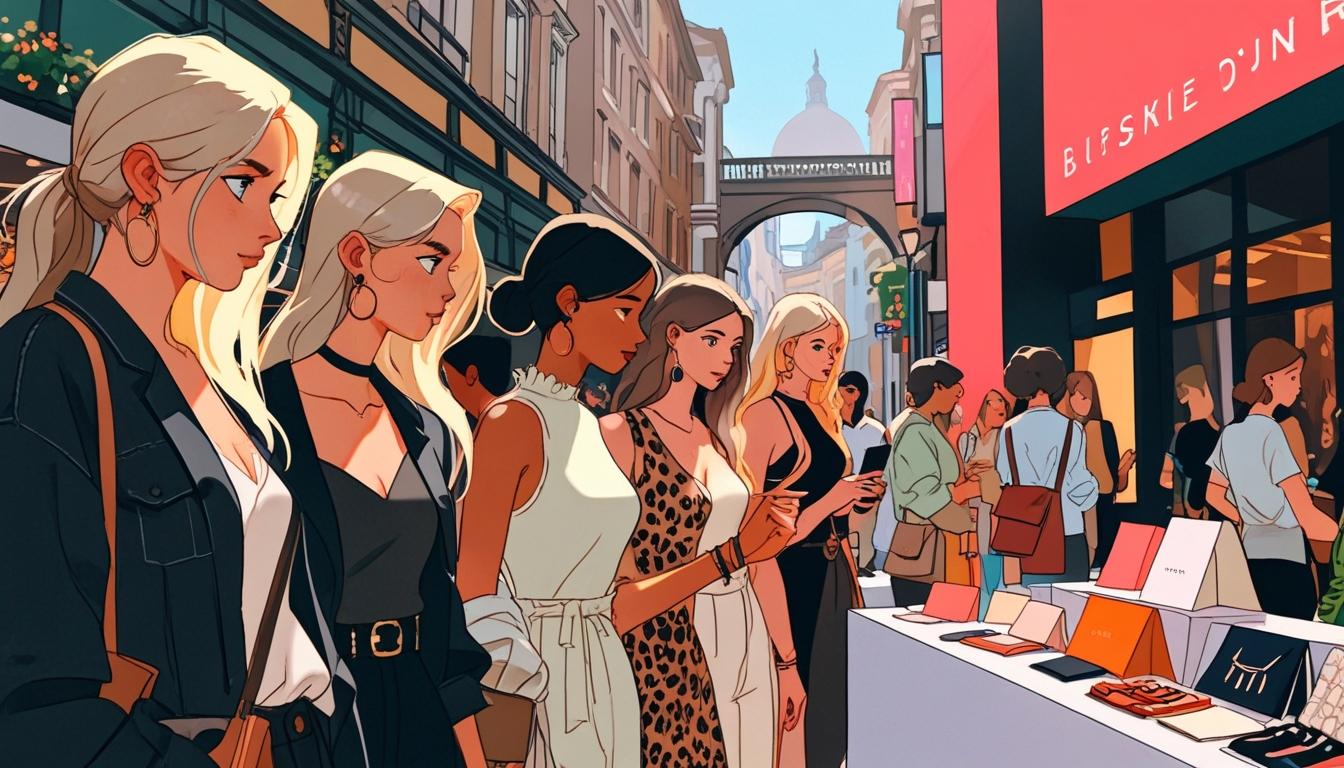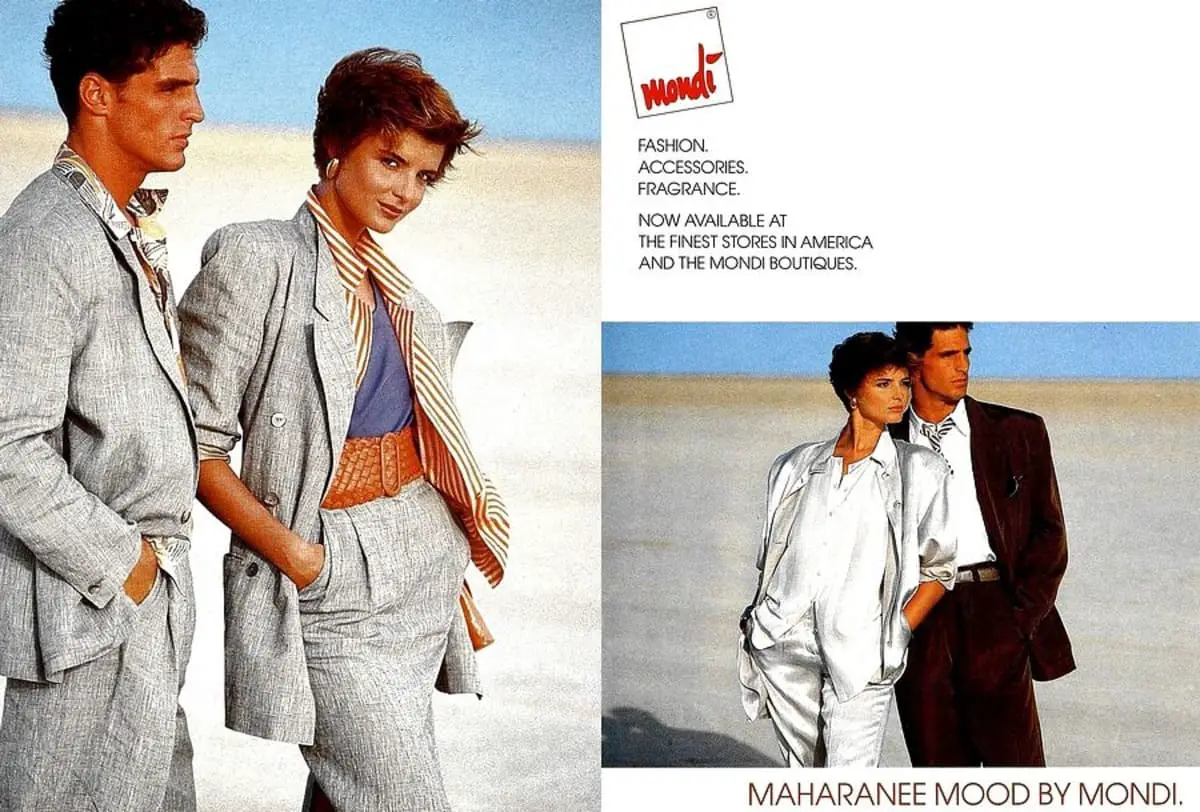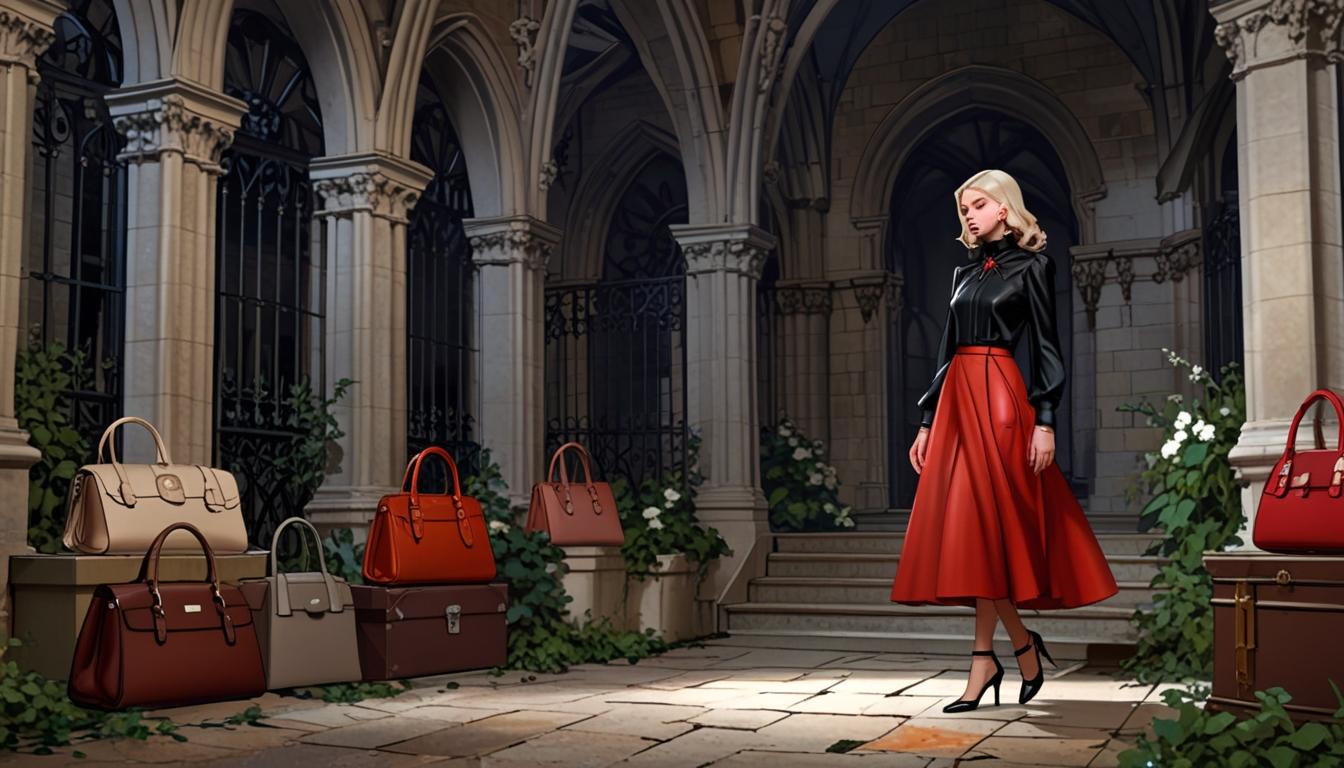As economic pressures mount, younger generations are opting for dupes over luxury items, signaling a shift in retail dynamics.
The retail landscape is experiencing a notable shift, characterized by the increasing popularity of “dupes”—affordable replicas of luxury items. This shift comes amidst a backdrop of economic pressure and changing consumer values, particularly among younger generations. According to Melissa Minkow, CI&T’s global director of retail strategy, “This is definitely the right economy for dupes to thrive. As we teeter on a recession and consumers look every which way to cut costs while still being inspired, there’s a prevailing desire to be on trend without the big ticket price tags.”
Recent data has illustrated this trend, with a 2024 study from market research firm Emarketer indicating that 71 percent of Generation Z shoppers have purchased dupe-style products, closely followed by 67 percent of millennials. This growing consumer base reflects a broader shift away from traditional luxury retail, which has recently struggled due to various economic factors. A 2024 report from Bain & Company noted a 2 percent decline in the value of the luxury market, dropping from an all-time high of $387 billion to $381 billion last year. Factors such as anticipated tariffs and rising living costs are expected to further challenge luxury brands’ ability to appeal to cost-conscious millennials and Gen Z consumers through 2025.
Several elements contribute to this phenomenon. One significant factor is the emergence of the “masstige” retail category, which bridges the gap between luxury and mass-market goods. Brands like Ralph Lauren and Cos offer premium items at more accessible price points than traditional luxury brands. During a recent panel discussion at the Shoptalk Spring conference, Katie Reeves, managing director for North America at Cos, highlighted this strategy by comparing product prices: a leather blazer from her brand retails for $600, while a similar item from Yves Saint Laurent costs approximately $6,000. Consumers increasingly question the justification behind spending such large sums on luxury goods.
Moreover, a cognitive dissonance has developed regarding the perceived value of luxury items. Rising supply-chain costs have led to soaring prices, with HSBC reporting an average price increase of 52 percent for personal luxury goods in Europe since 2019. However, many consumers have found that these higher prices do often not correlate with enhanced quality. Notable exposés, including a Wall Street Journal report revealing the drastic manufacturing costs behind luxury handbags, have influenced this sentiment.
As Driscoll pointed out in her discussion, luxury brands have seen a shift where younger consumers prefer to allocate their budgets toward experiences rather than high-priced physical items. This change has facilitated a burgeoning interest in purchasing affordable dupes rather than saving for luxury goods that are perceived to lack significant quality or value.
Several dupe brands have emerged as frontrunners in this evolving retail market. Quince, a San Francisco-based direct-to-consumer marketplace, exemplifies success through a model that delivers high-quality, affordable goods directly to consumers. Their $50 Mongolian cashmere sweater has garnered attention for its blend of quality and affordability. Since its launch in 2018, Quince’s revenues have more than doubled, reaching over $340 million in 2024.
The fragrance industry has also witnessed a rise in demand for affordable alternatives to high-end scents. Brands like Dossier offer “inspired by” luxury fragrances, allowing customers to purchase replicas of high-priced items at significant discounts. For instance, while Le Labo’s Santal 33 may retail at $235, Dossier’s equivalent—Woody Sandal—costs about $40.
Minkow emphasized that successful dupe brands distinguish themselves by maintaining style and quality without compromising. She noted that brands like Dossier must market themselves effectively, cultivating a distinct identity that resonates with consumers. Building a recognizable brand voice can help these companies establish credibility, particularly in a market where consumers are increasingly discerning.
In conclusion, the growing interest in dupes is a reflection of shifting consumer priorities and economic conditions. As younger consumers increasingly gravitate toward affordability and value, brands that successfully navigate the dupe phenomenon may continue to thrive in this competitive retail landscape.
Source: Noah Wire Services




